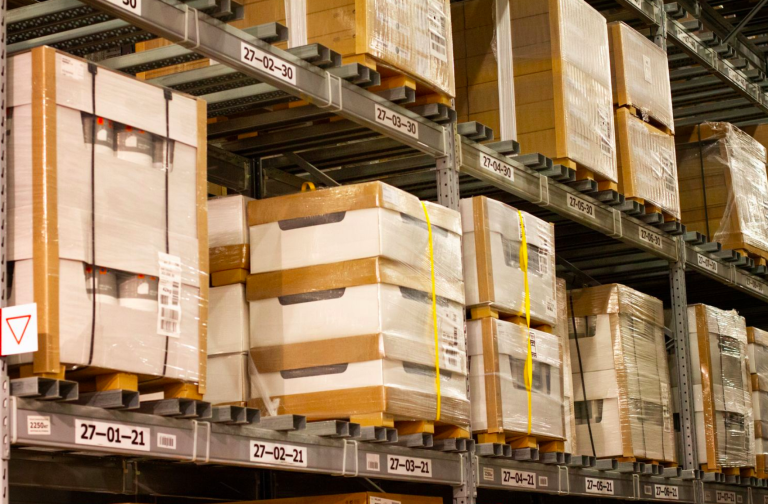The Role of AI in Enhancing Video Surveillance
In today’s rapidly advancing technological landscape, the integration of artificial intelligence (AI) in video surveillance systems is transforming the way we ensure security and safety. As urban areas grow and security demands increase, AI-enhanced video surveillance offers a robust solution that goes beyond traditional monitoring methods. This blog post explores the multifaceted role of AI in enhancing video surveillance, providing valuable insights into its applications, benefits, challenges, and future trends.
Understanding AI in Video Surveillance
Artificial Intelligence refers to the simulation of human intelligence in machines programmed to think and learn like humans. In the context of video surveillance, AI involves the application of machine learning algorithms and computer vision techniques to analyze video data in real-time, offering smart insights and automating security processes.
The Evolution of Video Surveillance
Traditional video surveillance systems relied heavily on human operators to monitor camera feeds and identify potential threats. This method was labor-intensive and prone to human error. With the advent of AI, video surveillance has evolved to become more proactive and efficient. AI-powered systems can process vast amounts of video data, detect anomalies, and alert authorities in real-time, thereby enhancing the overall security posture.
How AI Enhances Surveillance Capabilities
AI enhances video surveillance in several key ways:
1. Real-time Threat Detection: AI-driven analytics can identify unusual patterns and behaviors, such as loitering or unauthorized access, and trigger alerts instantly.
2. Facial Recognition: Advanced facial recognition algorithms can match faces with databases, aiding in identifying potential threats or missing persons.
3. Object and Activity Recognition: AI can discern between different objects and activities, such as distinguishing between a person and an animal or identifying suspicious activities like package abandonment.
Benefits of AI in Video Surveillance
The integration of AI in video surveillance systems offers numerous benefits that enhance security measures and operational efficiency.
Increased Accuracy and Efficiency
AI algorithms are capable of analyzing video footage with a high degree of accuracy, reducing false positives and ensuring that only genuine threats are flagged. This accuracy minimizes the workload on human operators, allowing them to focus on critical tasks.
Scalability and Flexibility
AI systems can easily scale to accommodate a growing number of cameras and data feeds. This scalability ensures that security measures can evolve with changing needs, making AI solutions suitable for both small businesses and large enterprises.
Cost-effectiveness
By automating routine surveillance tasks, AI reduces the need for constant human oversight, resulting in significant cost savings. Moreover, AI’s ability to prevent incidents proactively can reduce potential losses and liabilities.
Challenges and Considerations
While AI in video surveillance offers numerous advantages, it also presents certain challenges and considerations that need to be addressed.
Privacy Concerns
The use of AI in surveillance raises ethical and privacy concerns, especially regarding the collection and storage of personal data. Organizations must ensure compliance with regulations such as GDPR to protect individual privacy rights.
Data Security
AI systems rely on large datasets for training and operation, making data security a critical concern. Implementing robust cybersecurity measures is essential to prevent data breaches and unauthorized access.
Bias and Accuracy
AI algorithms may exhibit biases based on the data they are trained on. Ensuring diverse and representative datasets is crucial to minimize bias and improve the accuracy of AI-driven surveillance systems.
Future Trends in AI-Enhanced Surveillance
As AI technology continues to evolve, several trends are emerging that will shape the future of video surveillance.
Integration with IoT
The Internet of Things (IoT) is set to play a significant role in AI-enhanced surveillance. IoT devices, such as smart sensors and connected cameras, will work in tandem with AI to provide comprehensive security solutions that cover larger areas and offer deeper insights.
Edge Computing
Edge computing, which involves processing data closer to the source, will become increasingly important for AI in surveillance. This approach reduces latency, improves response times, and alleviates the burden on centralized data centers.
Improved Analytics and Insights
Future AI systems will offer more sophisticated analytics and actionable insights. These systems will be capable of predicting potential security threats and providing recommendations for preventive measures, enhancing proactive security management.
Conclusion
The role of AI in enhancing video surveillance is undeniable, offering unprecedented levels of accuracy, efficiency, and security. By leveraging AI technologies, organizations can not only improve their security posture but also optimize operational processes and reduce costs. However, it is essential to address the associated challenges, such as privacy concerns and data security, to fully realize the potential of AI-enhanced surveillance systems. As technology continues to advance, we can expect AI to play an increasingly pivotal role in shaping the future of security and surveillance.



